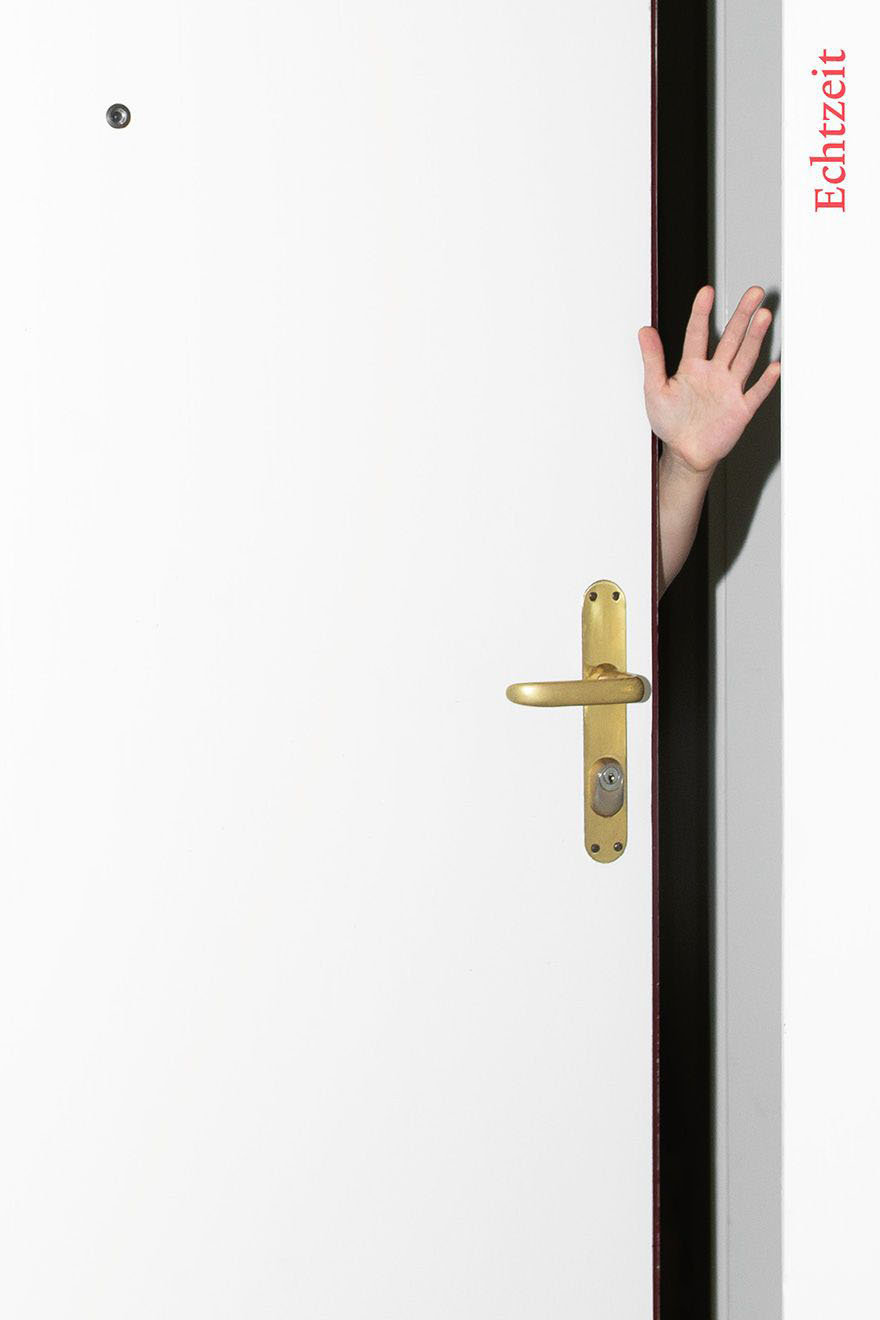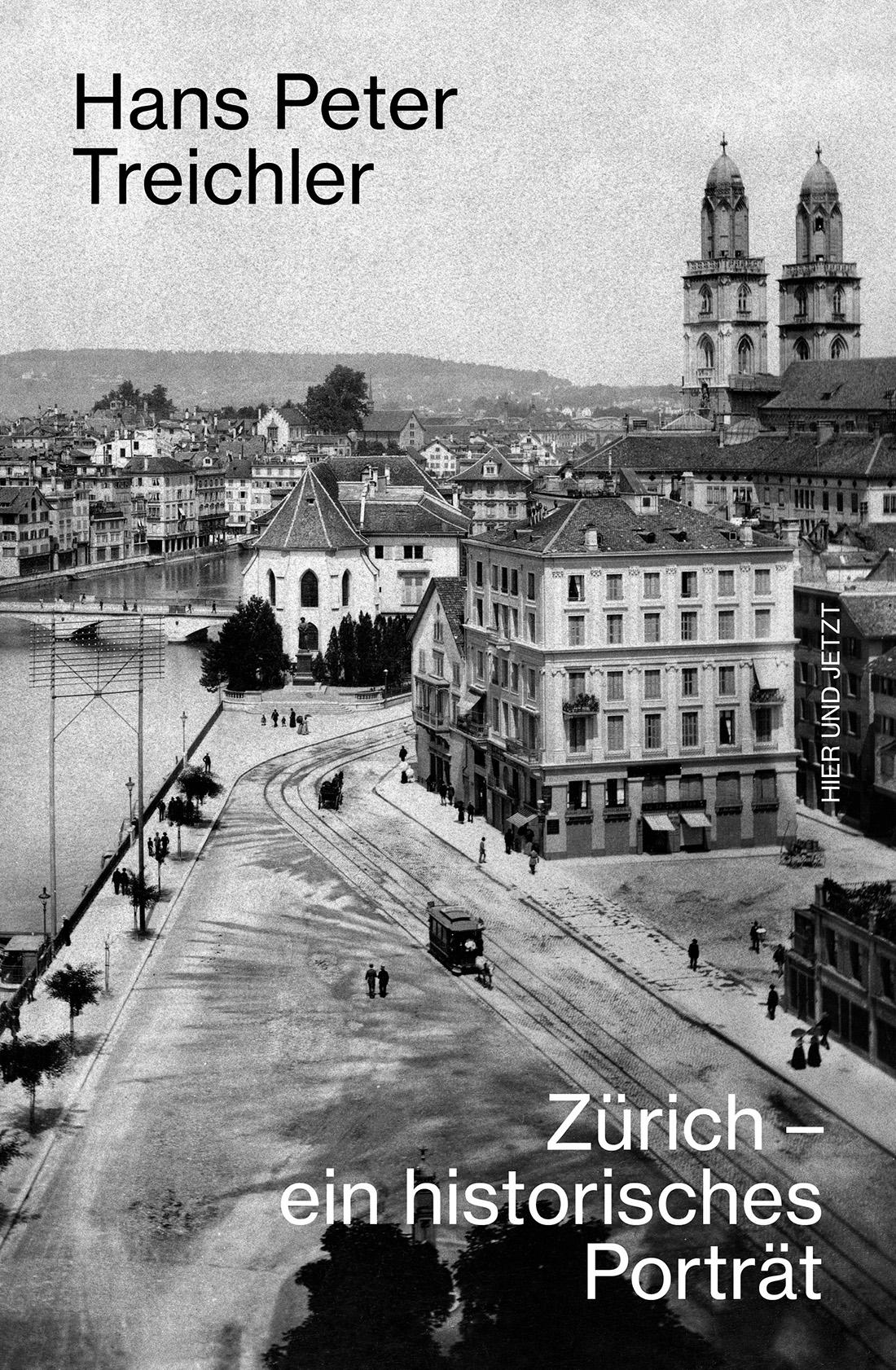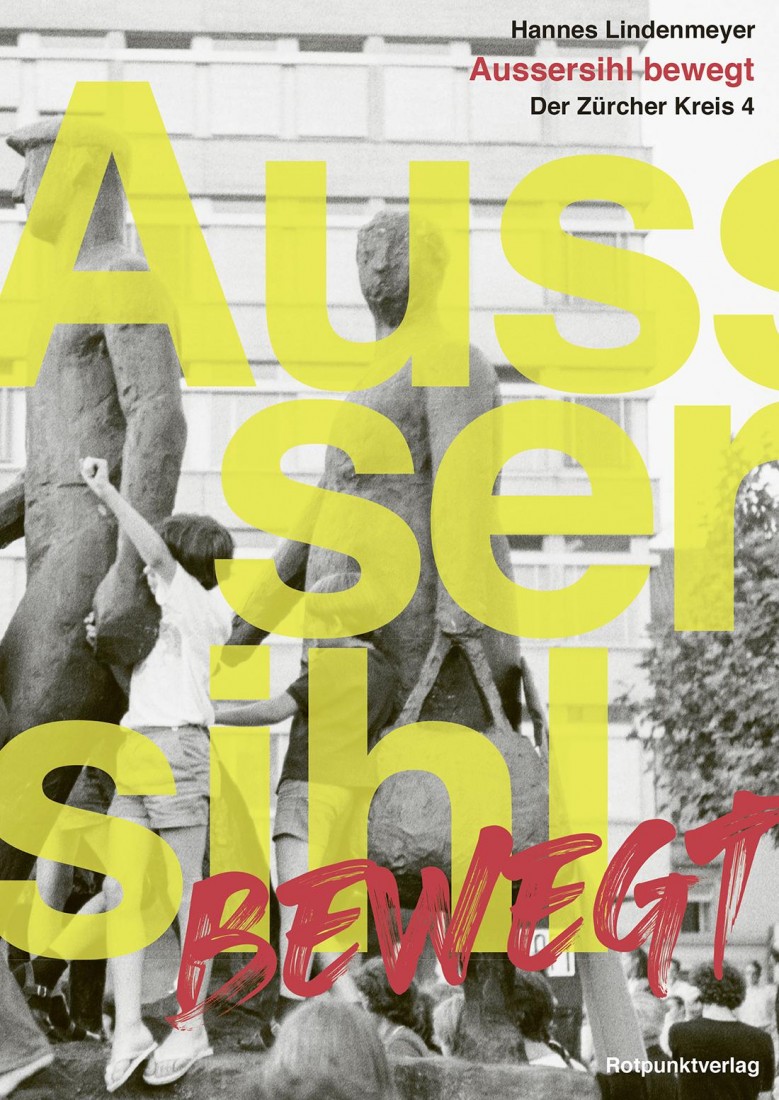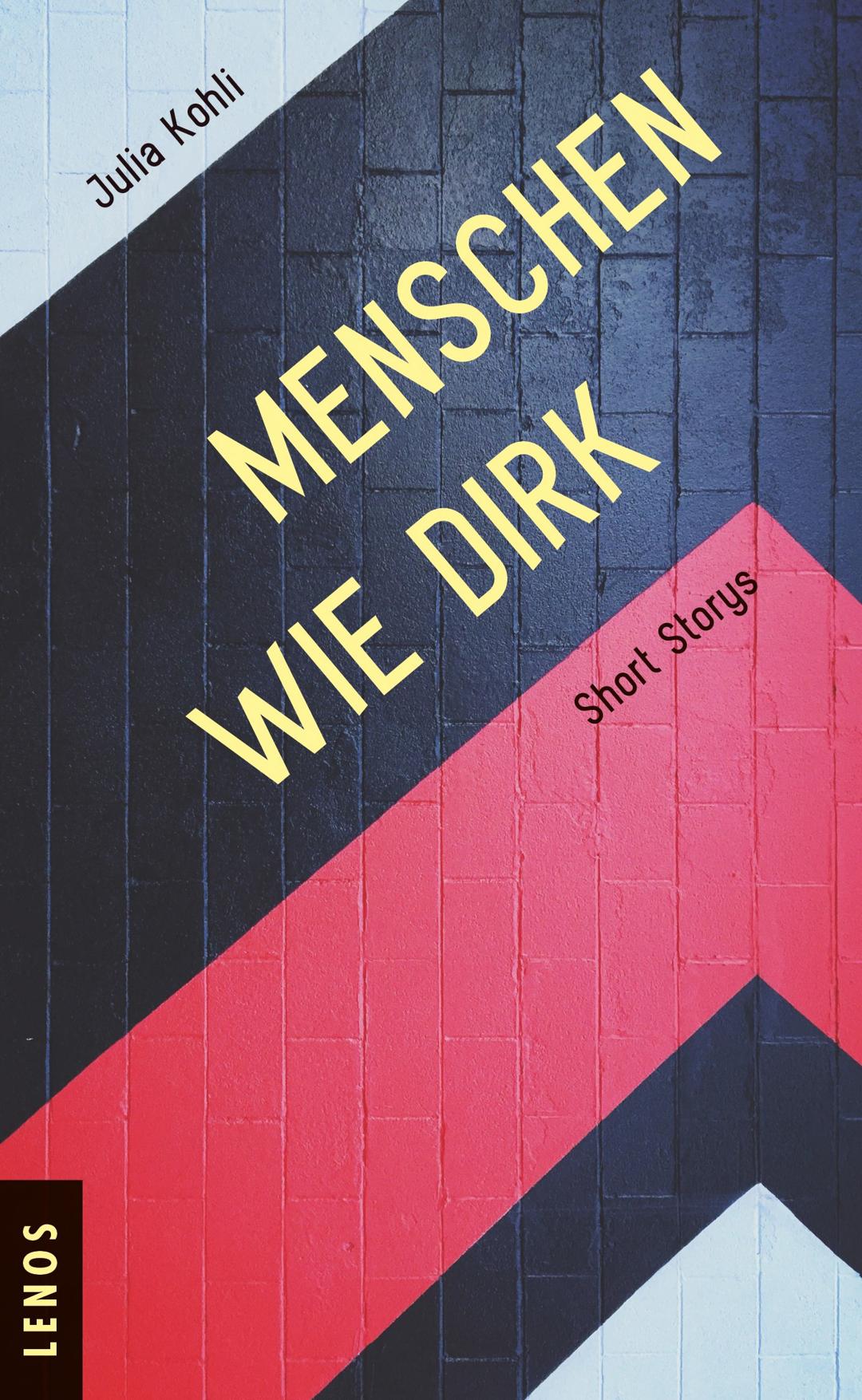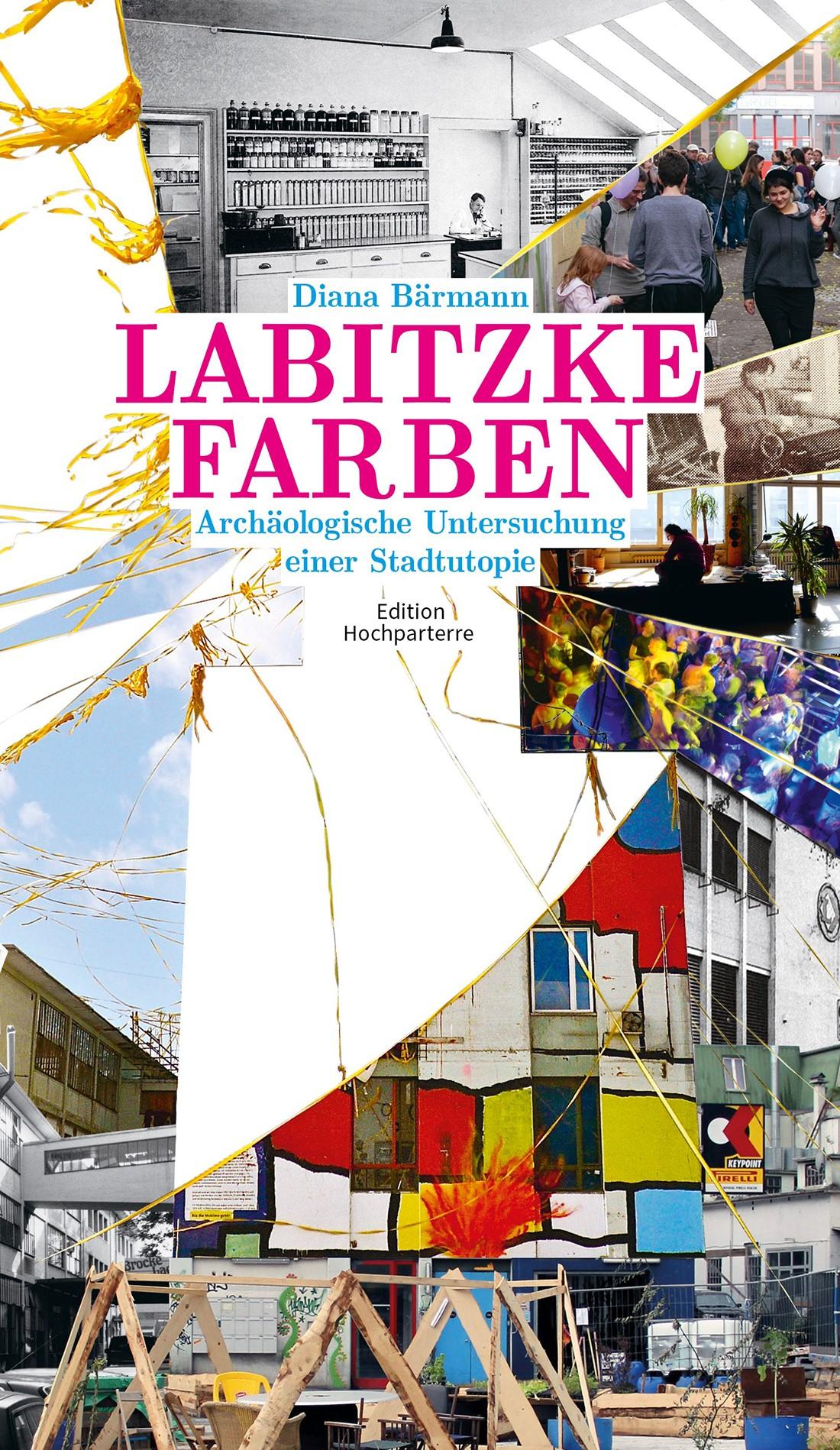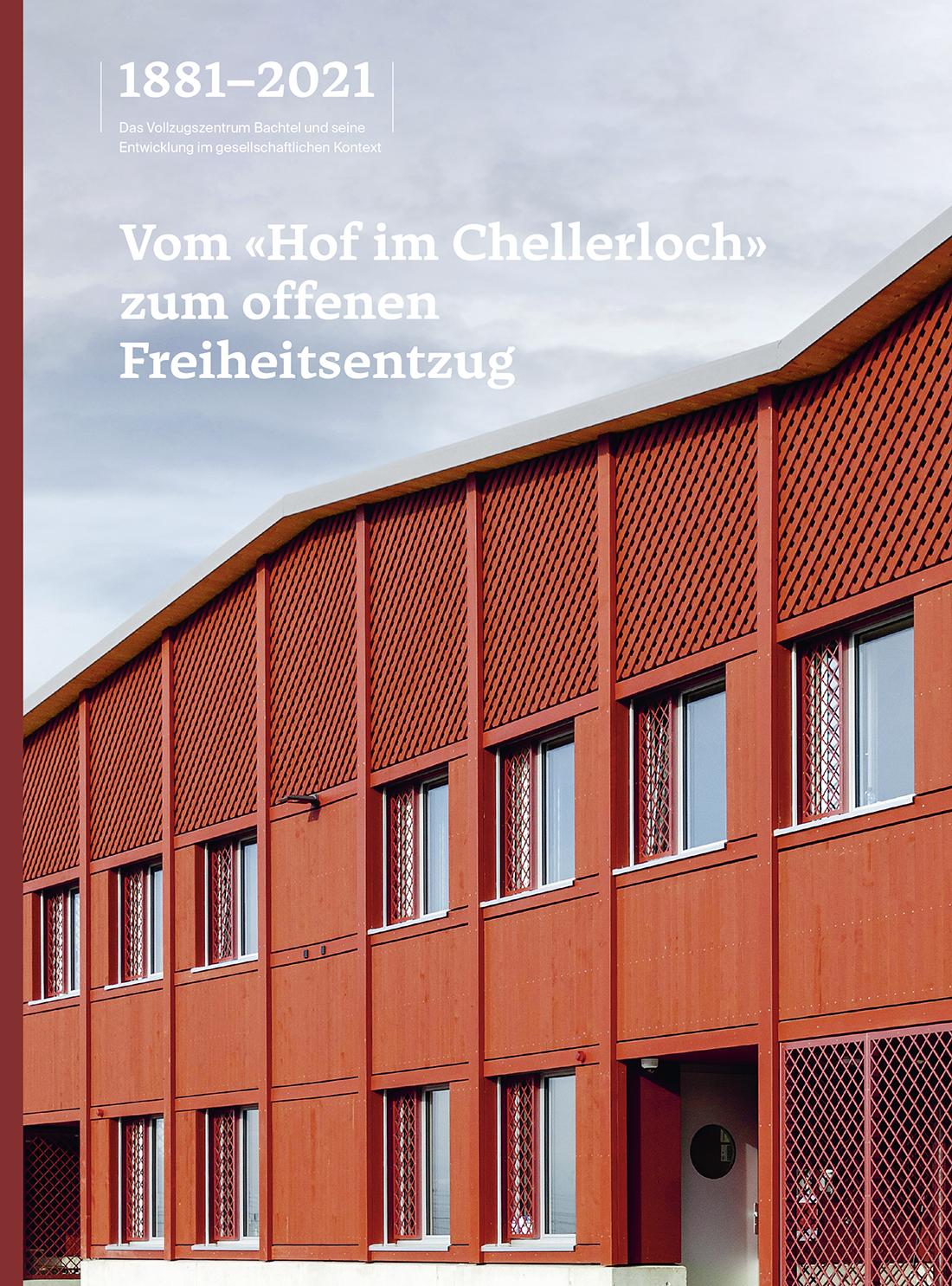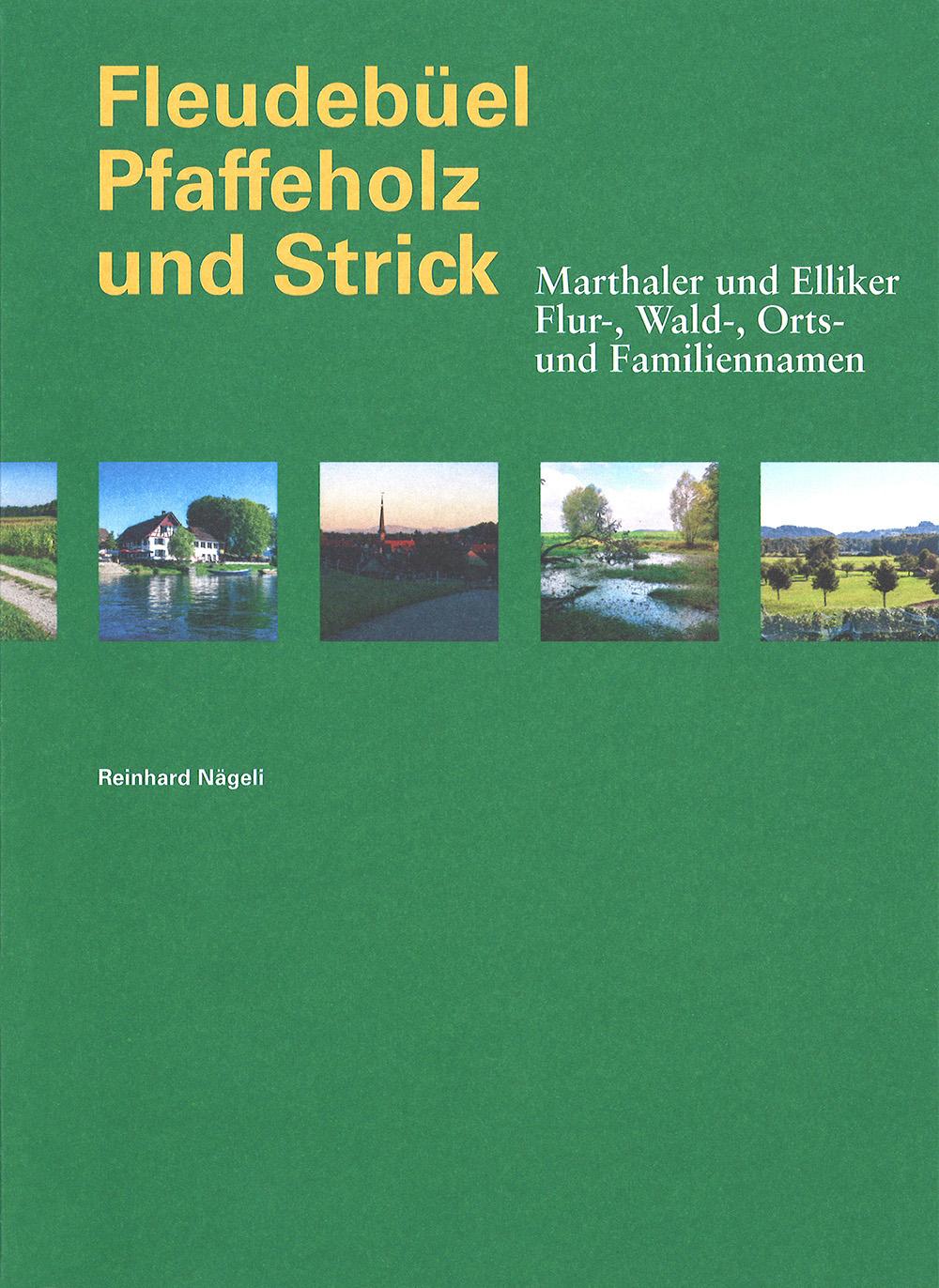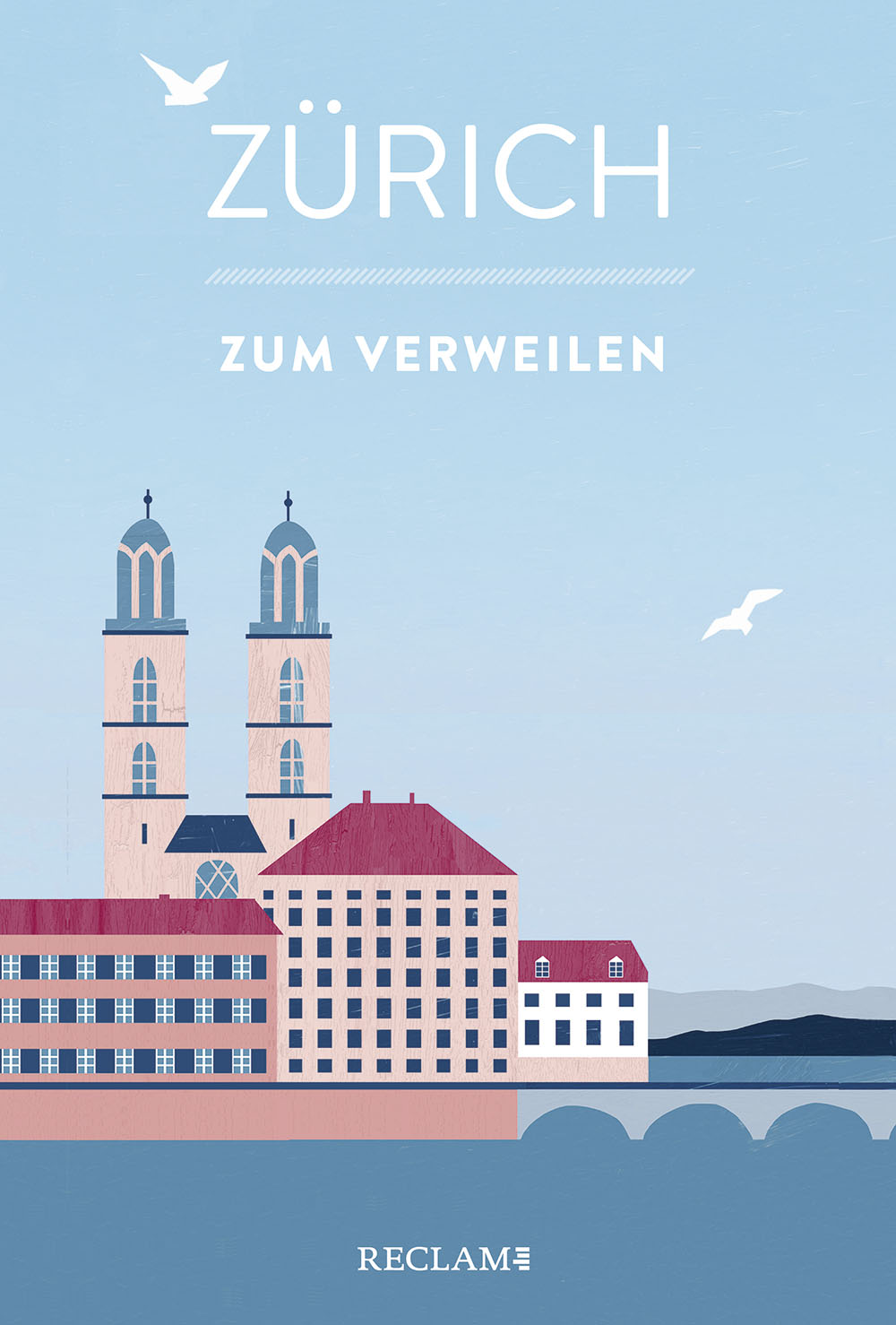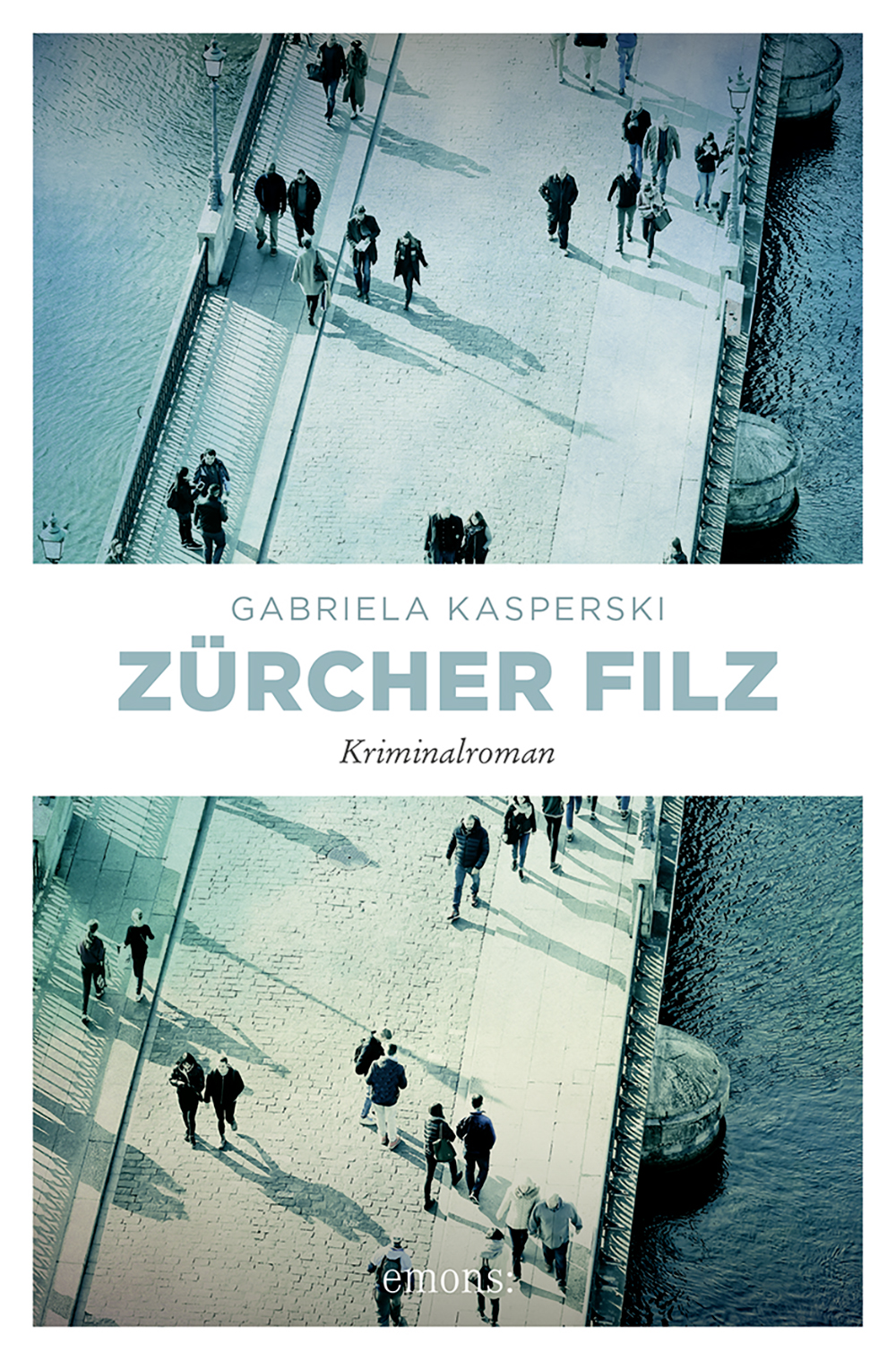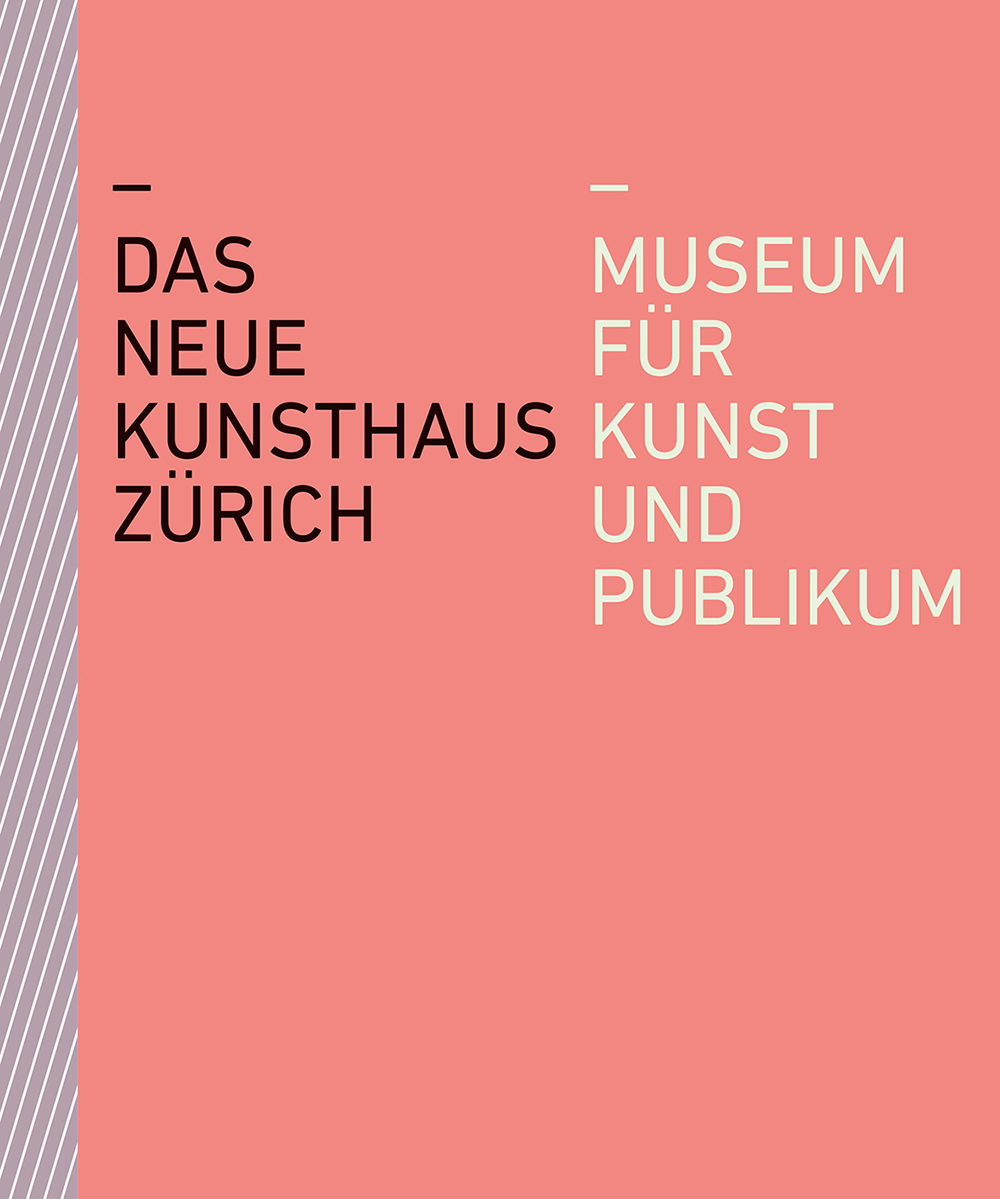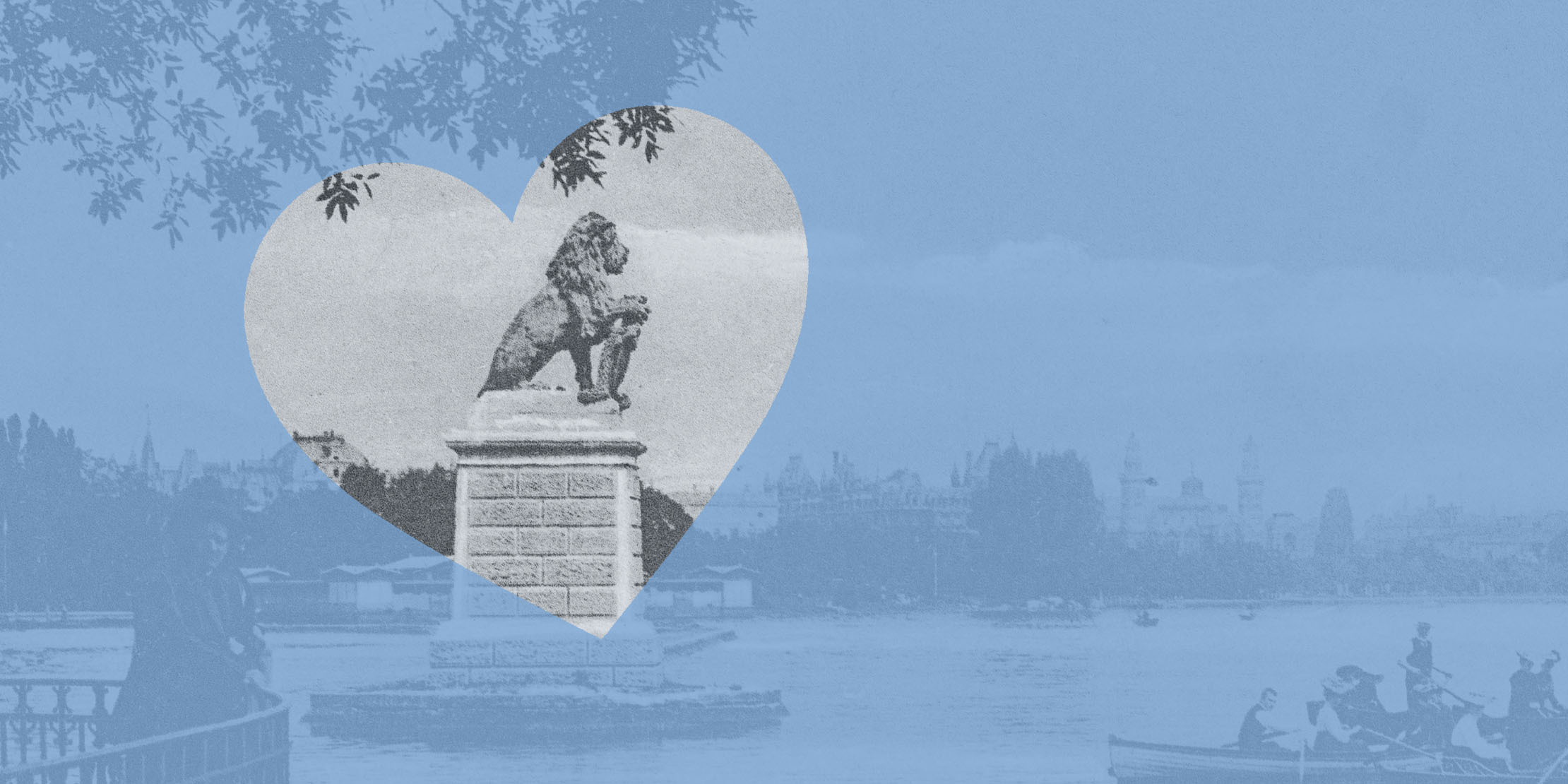
Zürich NEUerschienen 2021
“Zürich NEUerschienen” presents newly acquired Turicensia – topical, recently published books and other media with a connection to the city and canton of Zurich.
Lara Stoll: a first book
December 2021. “Hallo”, says Ms Stoll to the three policemen in full protective gear who ring her doorbell one sleepy autumn morning. And in her newly published literary début, she also says “Hallo” to her readers. She invites us into her world, in the city she has made her home: the world of a millennial in the art and culture scene, a 34-year-old poetry slammer, film-maker, actor, musician – and now author.
The book is an idiosyncratic collection of short texts, mostly in High German, sometimes in Swiss dialect and sometimes in English. Photographs complement the prose texts and poems. They breezily recount the life of an award-winning artist – Lara Stoll was Swiss and European poetry slam champion in 2010 and received the prestigious Salzburger Stier in 2021 – and of a generation that she herself sees as “pretty apolitical”.
Mir sind alli elai
am Fonduplausch
Mir sind alli elai
Schwiz geg Argentinie
Mir sind alli elai
die unendliche Geschichte
sones Theater
writes Lara Stoll, after a poem for the Queen and before a text about “hair hair hair”. The whimsical book, interspersed with moments of melancholy and a sideways glance at the big issues, showcases Zurich’s urban “Generation Y” through both its content and its form.
Everyday life in Zurich
November 2021. In the early 19th century, anyone going out for the evening in Zurich would take a “visiting lamp” with them; middle-class families had a servant to carry theirs. There was no general street lighting at the time, and the city’s population were required to carry a lamp after dusk. Candles and burning torches were banned as a fire hazard.
This portrait by cultural historian Hans Peter Treichler evokes everyday life in the city of Zurich in days gone by. He focuses on 17 different topics, ranging from Zurich’s populace with their lanterns, to bakers and pastrymakers, trams both horse-drawn and electric, crimes, nature, the role of women, and much more.
“Zürich – ein historisches Porträt” is a homage to the city and the by-product of extensive research and numerous publications. It was published posthumously. Hans Peter Treichler was a man of many parts: a singer, radio and TV presenter, exhibition curator and author, he shared his passion for everyday culture past and present.
The publisher has illustrated his historical portrait of the city of Zurich with black-and-white photographs. Editor Mira Imhof and publisher Bruno Meier “hope that the book will appeal to everyone who loves Zurich”. It can be found in our open stacks and, soon, in the Turicensia Lounge.
Colonial entanglements
October 2021. “Was one of my ancestors really a colonial ruler? Perhaps a plantation manager? Or even a slave trader?” When Ina Boesch happened to read about the colonial dealings of one Salomon Kitt, she initially dismissed those questions. But in the end, her curiosity won out.
The cultural scientist and commentator set off on the trail of her forebears. It led her from Zurich out into the world: to the Netherlands and the Caribbean, Suriname, Egypt and many other places – and back, to the cookery book writer Anna Margaretha Gessner-Kitt (b. 1652), from Zurich.
Ina Boesch is a skilled story-teller with a flair for bringing history to life. A former culture editor and radio author, she is herself one of the main characters in her book “Weltwärts. Die globalen Spuren der Zürcher Kaufleute Kitt”. She invites readers to watch her as she conducts her research, and actually addresses her ancestors directly in the text. “Weltwärts” brings a piece of cultural history into the present day.
Ina Boesch reads from her book on 3 November in the Zentralbibliothek Zürich. The event is part of our new Zurich in Books series. Naturally, you can find “Weltwärts. Die globalen Spuren der Zürcher Kaufleute Kitt” in the Turicensia Lounge in the reading room, and in the open stacks.
A chronicle of “Chreis Cheib”
September 2021. Hannes Lindenmeyer tells the story of Zurich’s Aussersihl district through the history of the Cooperativa italiana, the communist Rosa Bloch, the “bolo’bolo” social utopia, and football. The unifying theme of this chronicle of “Chreis Cheib”, as the locals call it, is its perspective on civil society. Lindenmeyer writes from first-hand experience: he has lived in Zurich’s 4th district since the mid-1970s, and is a member of over 30 clubs and associations.
For a long time, Aussersihl was where Zurich dumped anything it found distasteful, from the gallows and noisy industries to the “Cheibe”, or animal carcasses. What was once a suburb outside the city and a place to be avoided is now a district full of life.
The bookbinder’s thread that holds “Aussersihl bewegt” (published by Rotpunktverlag) together is not an unassuming white, but red. Once again, book designer Patrizia Grab has found a fine and fitting form for an enthralling text accompanied by numerous illustrations. The book is available in our Turicensia Lounge and will soon be added to the open stacks. You can find more books, book chapters, newspaper and magazine articles about Zurich’s 4th district in the Zurich Bibliography.
Roleplays
July 2021. People like Dirk – and Irina, Urs, Diana, Pierre, Samantha and Kurt – travel to Mexico with their new tattoos, flirt awkwardly on Facebook and hate their jobs as flight attendants. In “Menschen wie Dirk”, Zurich author Julia Kohli delves briefly but deeply into seven lives, offering a seemingly unvarnished description of how her protagonists grapple with gender roles, in Zurich and elsewhere.
“Kurt, do you realise there are women looking for a job, maybe women with a doctorate, who would do this course at the drop of a hat? And that maybe they’d have something to teach us too?” Kurt, a lecturer at an art college, is one of a number of characters asking themselves some questions in “Menschen wie Dirk”. The book consists of seven vignettes for anyone who, amidst ice cream, holidays and summer storms, feels like taking a look at society through their gender spectacles. Those of a sensitive disposition are advised to skip the short story “Samantha” or go straight to Julia Kohli’s essay “Die langsame Menschwerdung der Frau” from the Tages-Anzeiger Magazin dated 24 April.
“Menschen wie Dirk” is available in our Turicensia Lounge and the open stacks, as is Julia Kohli’s début novel “Böse Delphine”.
Labitzke: trying out an alternative city
June 2021. “By ‘utopia’ I don’t mean a land of milk and honey,” writes author Diana Bärmann, “but a place where all kinds of very different people can pursue their interests in really close proximity.” That place is the site of the former Labitzke Farben AG paint factory, which was given over to temporary use for more than 20 years, ending in 2014. One of those very different people is the author of “Labitzke Farben: archäologische Untersuchung einer Stadtutopie” herself.
At Labitzke, experimental cultures and lifestyles rubbed shoulders with marginalised groups, small businesses and artists. In numerous excerpts from interviews, Diana Bärmann gives a voice to the site’s users. Texts by three other authors, along with a collection of objects in the form of drawings, open up additional perspectives on the Labitzke social experiment. The multiple-voice narrative is complemented and enhanced by a chronology, glossary and folding plan.
This colourful volume, with its open thread stitching and unconventional plan, gives a flavour of what it felt like to live, work and meet up with your club while the Labitzke site was in its temporary use phase. Of those who were involved at the time, Diana Bärmann writes: “They all carry with them a piece of the utopia that, for a time, we got quite close to.”
“Labitzke Farben: archäologische Untersuchung einer Stadtutopie” is now available in the Turicensia Lounge. Further reading on Zurich’s urban development can be found in the Zurich Bibliography.
Discipline and order on the Bachtel: a piece of social history
May 2021. “Up there” is where the cobbler’s donkeys spent their holidays. There was a playground where Barbara Schnyder played as a child. And just occasionally, one of the occupants would escape, but never into the village: they always headed for the railway station. In “Vom ‘Hof im Chellerloch’ zum offenen Freiheitsentzug”, residents of Ringwil in the Zürcher Oberland recall living with the “colony”, which is now the Bachtel correctional centre.
Historian Claudia Fischer-Karrer tells the story of the prison and places it in its broader social context. The “state correctional institution” for boys in Ringwil opened 140 years ago. Today, the facility has accommodation for 94 adult male detainees in an open prison regime, many of them serving alternative custodial sentences.
But what exactly is an “open prison regime” or an “alternative custodial sentence”? The experts writing in this lavishly illustrated volume explain what the terms mean and why they matter, while portraits of inmates and staff offer insights into the microcosm that is a prison.
“Vom ‘Hof im Chellerloch’ zum offenen Freiheitsentzug” was compiled to mark the inauguration of the new building and extension that coincides with the 140th anniversary. It is available in our Turicensia Lounge and in the open stacks. Further reading about the penal system in the canton of Zurich can be found in the Zurich Bibliography.
Marthalen mon amour
April 2021. Something sad or amusing must have happened to Heini, the swineherd known as “Süüheini”, on the field above the lower mill in Marthalen, otherwise the plot of land would not bear his name. Unfortunately, historian Reinhard Nägeli has not been able to establish what it was. What is certain, however, is that in the olden days the people of Marthalen used to elect a cowherd and a swineherd each year.
In “Fleudebüel, Pfaffeholz und Strick”, the author explores the names given to tracts of land, woods and localities as well as the names of long-established families in Marthalen and Ellikon from times gone by. Nägeli has retraced the histories of his place of residence and citizenship with much love and care, and investigated his own last name as well.
The book presents the tranquil village of Marthalen then and now, with its picturesque fields, woods and half-timbered houses. Life is sweet in Zurich’s wine country, with nothing to disturb the peace. “Fleudebüel, Pfaffeholz und Strick” is available in our Turicensia Lounge, while more information about the commune of Marthalen can be found in the Zurich Bibliography.
Zurich in stories
March 2021. “It’s actually quite nice in town”, says little Lotti in the classic Zurich children’s book “Die Turnachkinder im Sommer”. Using extracts from this and other stories, editor André Gstettenhofer shows that the city on the River Limmat is more than just “nice”, as “Zürich zum Verweilen” takes readers to the Villa Bellerive, Josefstrasse and out to Oerlikon and Zurich West. Brief introductory texts give a real sense of the 17 sites with literary associations.
André Gstettenhofer tells of nude bathing on the sun terraces of Tiefenbrunnen lido, the culinary delights of “Ghackets mit Hörnli” at Sphères, and Franz Hohler’s poem on Lindenhof. In addition to classics, he also finds space for some contemporary literary voices, not least from his own publishers Elster & Salis and lectorbooks, including the Zurich-based writer Thomas Meyer with his anti-hero Wolkenbruch.
“Zürich zum Verweilen” is published in the recently launched “… zum Verweilen” series from Reclam. More guides to the city of Zurich can be found in our Turicensia Lounge and the Zurich Bibliography.
Zurich’s competitive housing market – a detective story
February 2021. Affordable apartments are rare in Zurich – and some people will go to extraordinary lengths to get their hands on one. When a rich Zurich property heiress vanishes, Zita Schnyder and Werner Meier investigate the city’s fiercely competitive housing market. Has she been abducted? Or even murdered? In the detective story “Zürcher Filz”, the duo learn just how far flat hunters are prepared to go.
Zurich-based author Gabriela Kasperski tells of a mysterious woman in the park, grand villas and an affordable housing foundation. “Zürcher Filz” is her sixth case featuring Schnyder and Meier.
More detective stories set in Zurich can be found in the Zurich Bibliography, in the documentation for the exhibition “Gift, Hieb, Stich”, and on the crime shelf of the Turicensia Lounge once our reading rooms reopen.
The new Kunsthaus Zürich
January 2021. For five years and four months, Heimplatz was a building site. The extension to the Kunsthaus Zürich has been finished since December and will open its doors to the public next autumn.
In “Das neue Kunsthaus Zürich”, the museum’s Director Christoph Becker talks about the extension project, Rahel Fiechter offers an insight into her work as overall head of the commissioning body, and a chronology charts the long road from the idea to the completed building. The slim volume also covers topics such as environmental issues and the construction’s importance for the city. Photographs offer a reminder of the building site that dominated Heimplatz for so long.
You can browse through the book in the Turicensia Lounge. Exhibition catalogues and other literature about the Kunsthaus Zürich can be found in the Zurich Bibliography.
